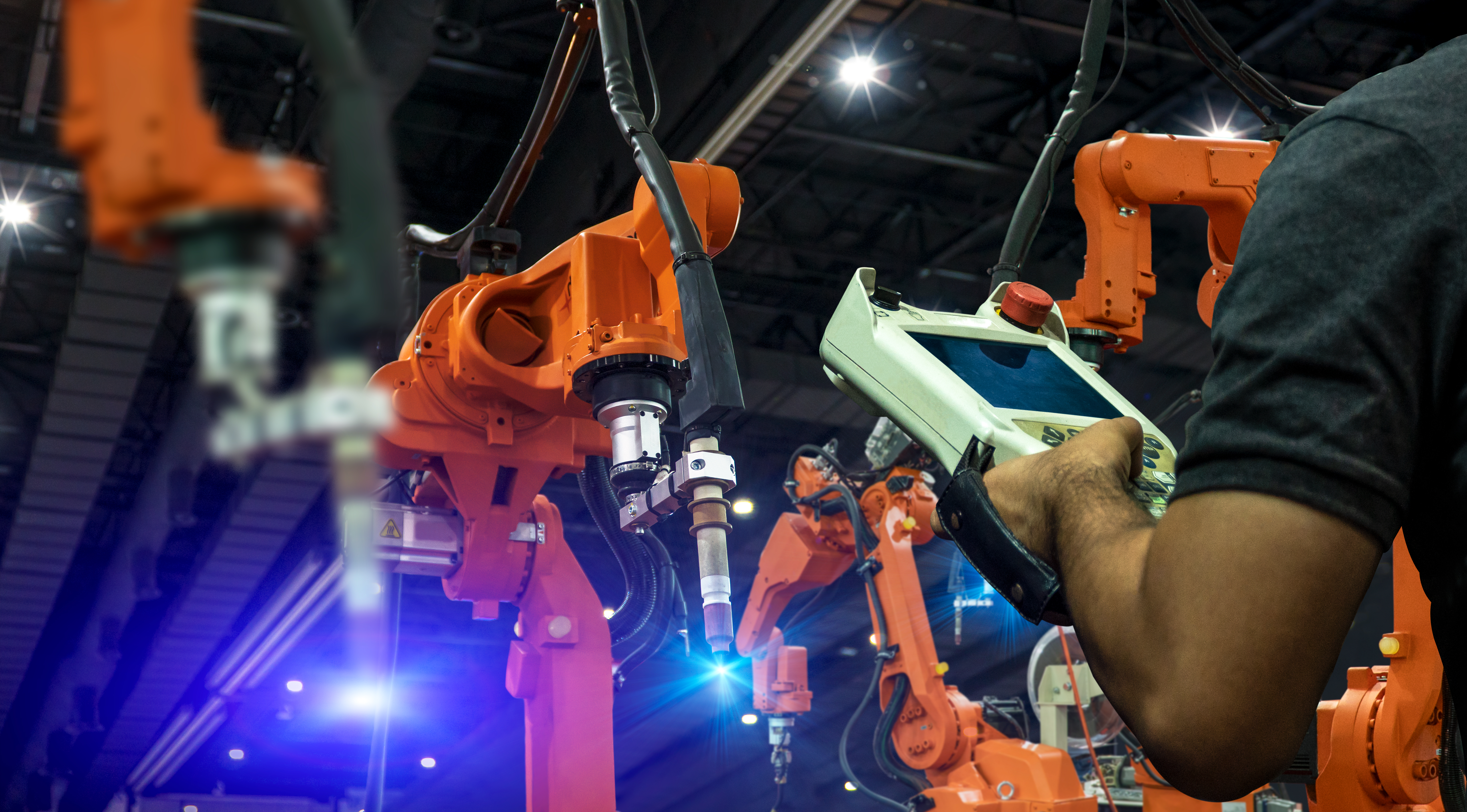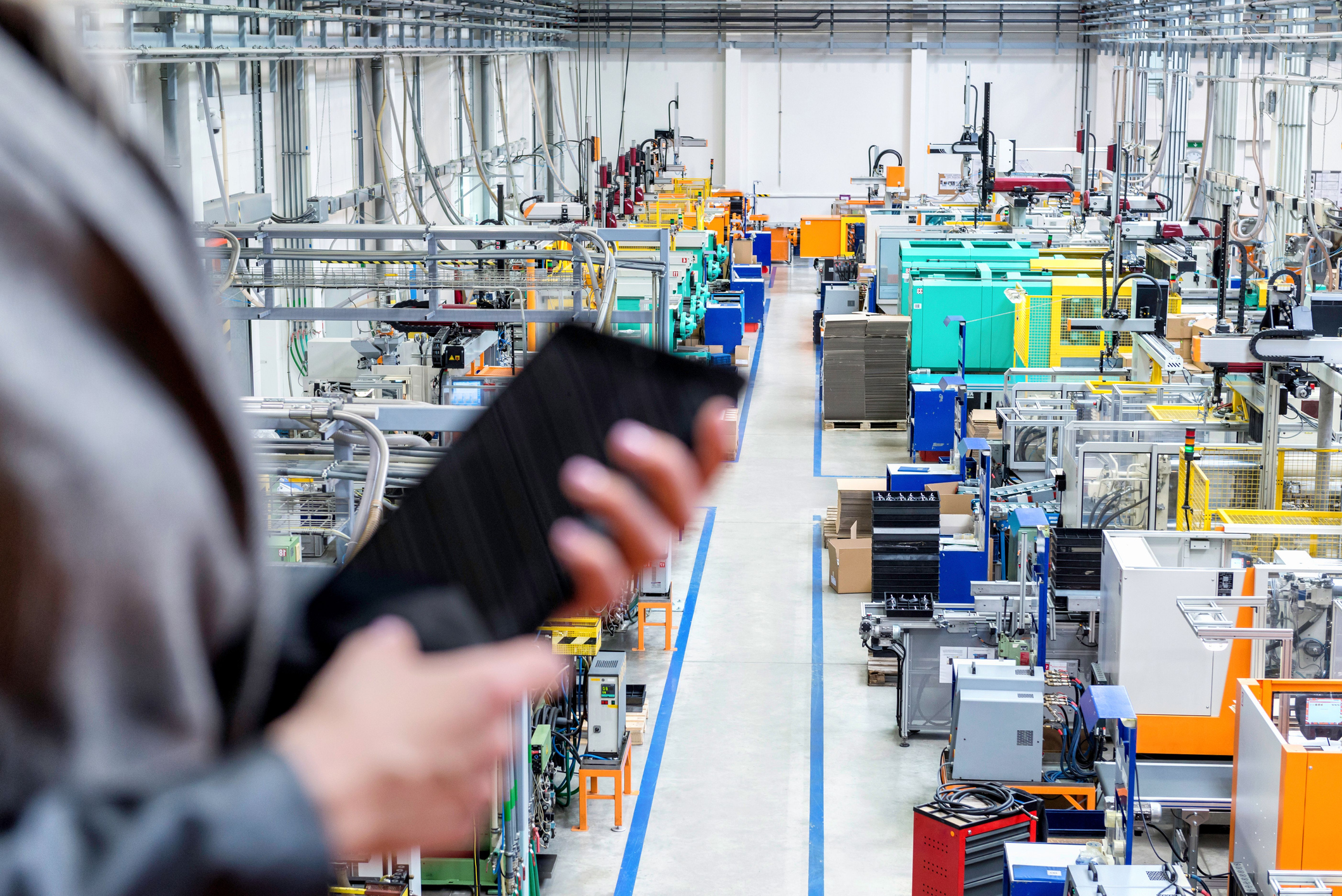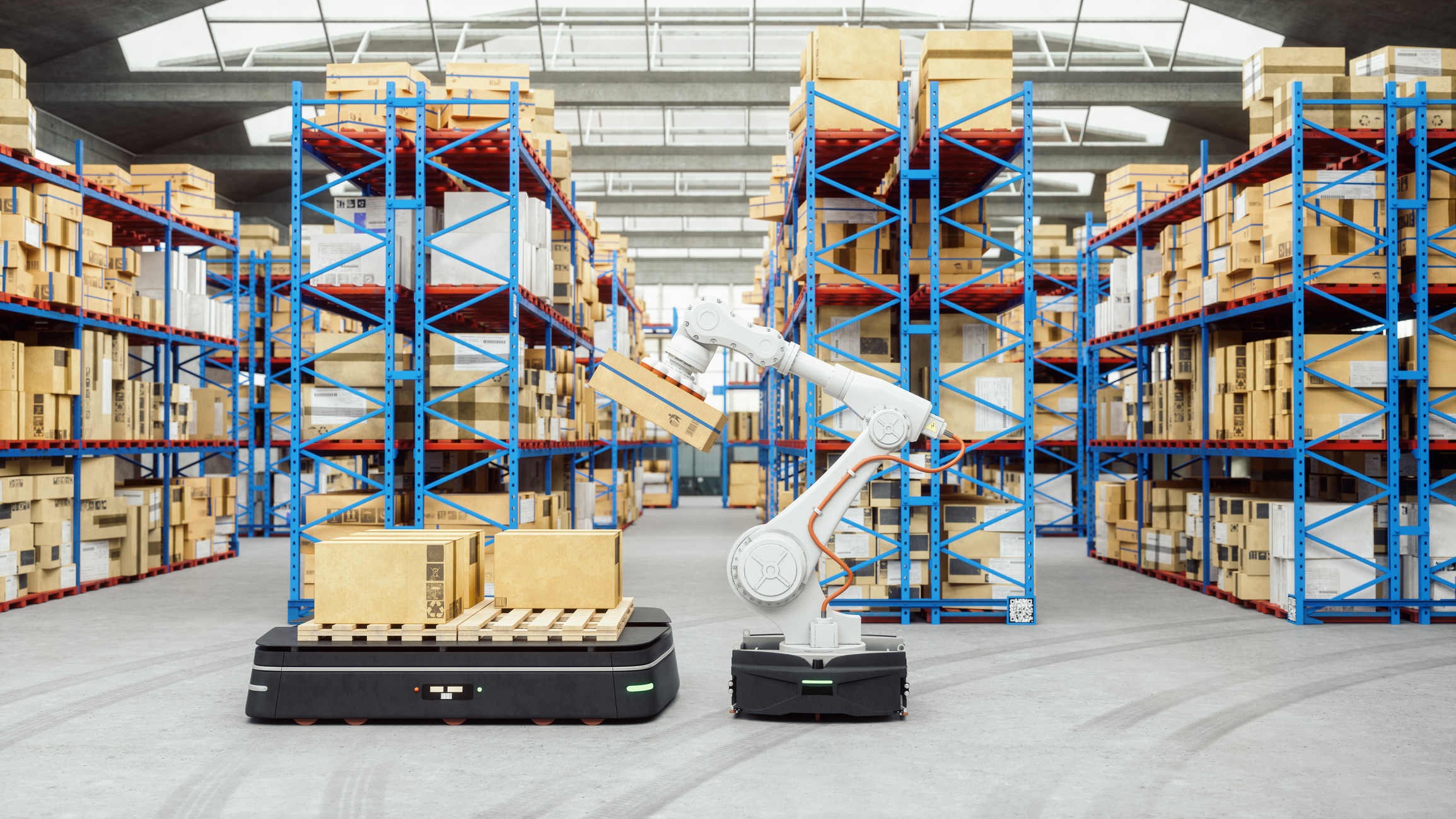Robotics Trends to Look for in 2021
Robots have been growing in use in the industrial world since the early 1970s. They’re continuing to be deployed and utilized within the industrial sector, but also increasingly in other sectors as 2021 continues. The crisis brought on by the COVID-19 pandemic, coupled with the increasing need to reduce overall carbon footprints, has pushed robotics even further beyond traditional uses within manufacturing environments.

Over the next several years, new markets will likely see an increase in robotics use. The most likely sectors to deploy robotics and automation systems include consumer/retail, healthcare, automotive, and electronics. These sectors will likely use robotics closely with artificial intelligence (AI). All new areas will require more people to develop skills in robotics training and robotics education.
The trends to look out for in 2021 when it comes to robotics include large retail and consumer firms adopting robotics to add flexibility to meet market dynamics. Labour shortages will also be addressed more frequently with robotics, and robotics will continue to develop with the addition of sensors, cameras, and flying abilities (e.g., drones). As artificial intelligence grows, robotics will increasingly use AI to perform tasks and processes.

Increased Adoption of Agile Robotics by Consumers & Retail
As of 2018, nine out of 10 food and beverage companies were utilizing robots at every step of the food supply chain, from farming to manufacturing and from packaging to delivery.
This was for multiple reasons, including but not limited to improving food safety, increasing workplace safety and security, or to improve overall efficiency. The trend toward more robotics in the food and beverage industry was well laid before the events of 2020 and the pandemic.
With many food processing plants seeing high COVID-19 infection rates as well as workforce shortages due to the virus, adding robotics and automation into the mix has been one of the key strategies in the food and beverage sector. This provides flexibility for the ever-changing landscape of the food manufacturing industry.
This will expand as supply chain issues and labour shortages require the use of robotics in the consumer, retail, and food and beverage industries to increase. Robotics are helping businesses that require products to be baked, assembled, or packaged, since robots offer a wide range of motion. This can help prevent burns, accidents, or muscle strain on workers. They’re also being used for sanitization and food inspection. When it comes to warehousing, robotics are useful for palletizing items, quality control testing, and packing distribution. From a domestic production standpoint, robotics reduce the need for offshore production, using inexpensive labour for the production of goods.
Robotics and Labour Shortages
Amidst the COVID-19 pandemic, it became clear that robotics and automation were a way for manufacturers to safely keep workers socially distanced and to continue operations when either lockdowns were enforced or when infection rates increased.
In addition to the labour shortages seen during the pandemic, the working population continues to age and retire in many countries. While some of these jobs cannot be replaced by robotics, over the coming years, more work that can be will be replaced by automation and robotics. This is already the case in Japan where the construction industry is finding robotic solutions for their increasing shortage of labour.
Other areas of concern regarding labour shortages are within the retail and consumer sectors. Many retailers are looking to automate due to limited labour supply, ongoing pandemic issues affecting labour, and changes to how consumers interact and make purchases with retailers at all levels.
Finally, as touched on above, robotics are seen as a way to reduce the time it takes to manufacture products overseas and then ship them back for sale to the consumer. Rather than exhaust time and money, labour expenses can be reduced and provide an opportunity for manufacturers of all sectors to relocate off-shore plants to their domestic locations in order to save both time and money.
Next-Gen Robotic Tech Accessories
Each new tech development will eventually (in some way) be incorporated into new designs and models of robotics and automation systems.
For example, recently developed technologies are already playing a greater role in robotic systems and equipment. Some of these tech solutions include 3D sensing, ultrasonic technology, and infrared cameras.
3D sensing or depth sensing is now being used with robotics for mapping places, scanning to avoid obstacles, and for combining jobs such as assembly and inspection. For example, depth sensing can be used for a robot to “depalletize.” Depalletizing is the exercise of removing boxes from a pallet. It is sped up for robots with the use of 3D sensing, making it easier and more efficient than it has ever been. When a robot has a sense of space, they can interact with human coworkers, grasp objects, and place them where they need to be.
Ultrasonic technology is creating a unique opportunity for robotic arms to be used in the manual positioning of ultrasound scanners in medical situations. With robotic arms utilizing this technology, medical professionals are able to create motionless tissue representations on a screen that are taking ultrasound literally to the 4th dimension for the medical field.
Infrared cameras and thermal imaging visualize heat, advancing robotics to provide industries and government agencies with robots that can be used for reconnaissance; detecting threats or issues that would be risky for a human to undertake. With this technology in place, a robot can recognize, identify, and possibly diffuse any threats.

Rise of the AI Robots
The traditional programming of robotics will continue to advance as artificial intelligence makes inroads into all industry sectors.
In general, AI is a set of computer algorithms that help replace human intelligence when it comes to learning, problem-solving, understanding language, and/or logical reasoning. AI is being integrated and deployed into robots in order to advance the overall performance and allow the robots to learn new functions.
AI is often used to control robotic equipment or to enhance the functions that a robotic system can perform. AI involves machine learning, and this is the difference between non-AI programming and AI programming.
With the use of AI or machine learning, various functions can be integrated into robotics to increase their efficiency and effectiveness. AI provides robots with computer vision, motion control, object grasping, and adds data to the robotics that allow the machine to understand physical patterns as well as logistical data patterns. The robots can then act accordingly with this added information.
Some of the areas that AI and robotics will continue to advance in include healthcare, agriculture, automotive, warehousing, and supply chain management to name a few. AI is already being developed to further the use of robotics and automation. Machine learning and artificial intelligence will only continue to increase as the use of robotics expands in all sectors of the global economy.
Increased Robotic Opportunities
Over the past decade, the need for robotics continues to grow. External factors such as COVID-19, labour shortages, and the need to reduce carbon footprints have altered humans’ ability to get work completed. These external factors have accelerated the need for automated robotic systems and equipment beyond the traditional manufacturing or warehousing environments. It will only continue to expand exponentially moving into the next decade.
Robotic training and robotic education will skyrocket as the implementation of robotics across global economic sectors becomes more and more prevalent.
Online Robotics is uniquely positioned to provide training for individuals who work closely with robotics of all types across industries.
Comments
The total cost of Program is $1660
Submitted by iris on Tue, 07/20/2021 - 17:27
There are two payment options.
Option 1 - Pay-As-You-Learn Registration
Initial registration is $490 (includes all learning materials, laboratory simulation software, user guide and Module 1) and registration for each of the remaining 13 modules is $90/module. Students may register for one or more modules at any time.
Option 2 - Full Registration: $1660
Students register and pay for the complete program at initial registration.

Like to know cost of programs for. me.